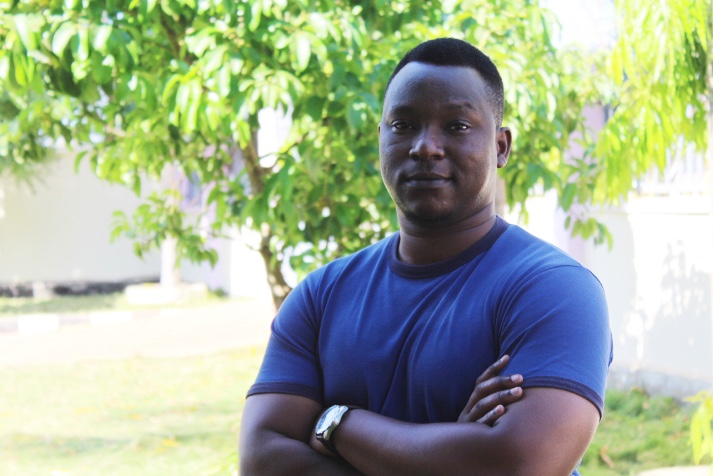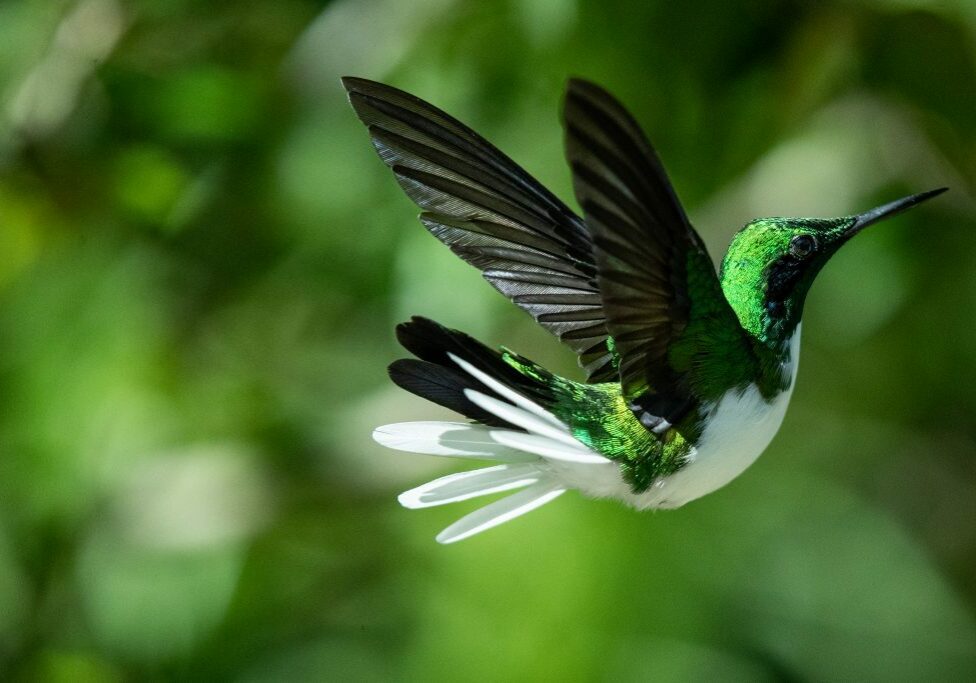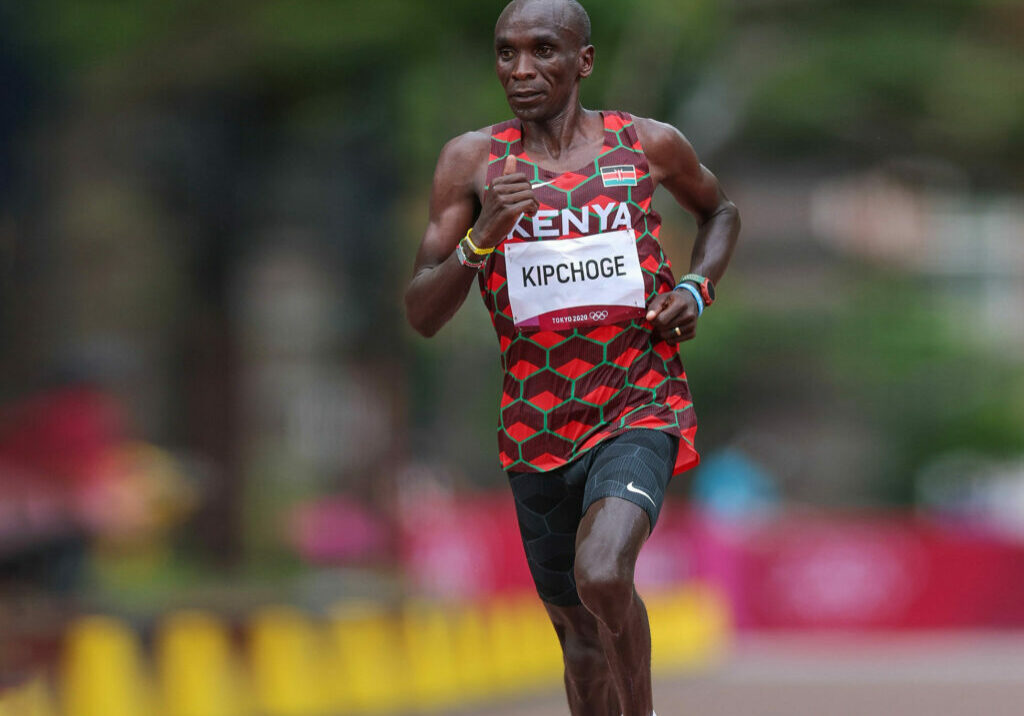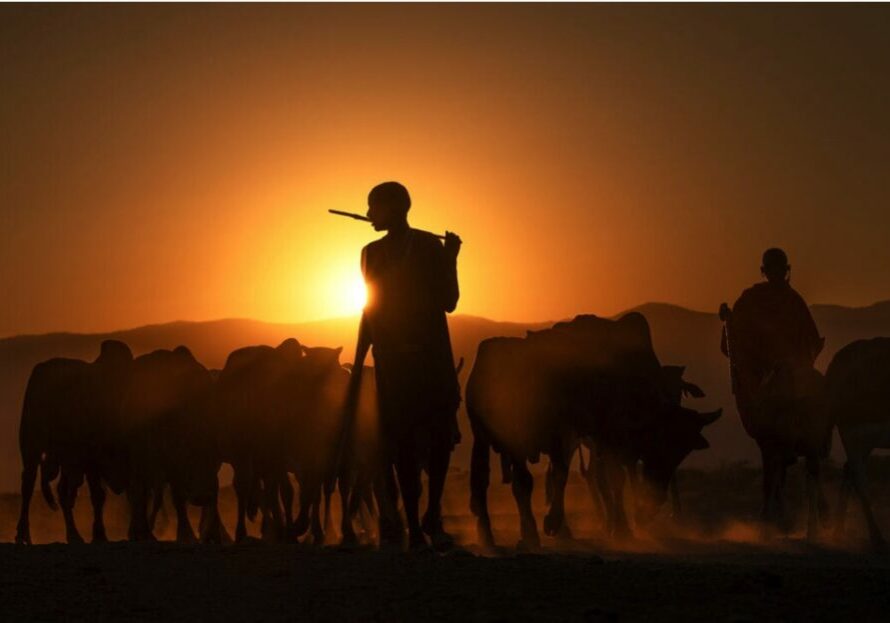My home country is losing its forests at a shocking rate – around 4,700 sq km is destroyed every year, which is an area three times larger than Greater London. But with help from WWF supporters in the UK and the Trillion Trees joint venture, we’re working with communities to conserve and restore forests in a way that enables people and nature to thrive together.
I’ve been involved in this work for nearly 10 years now, and we’ve developed a model that really works. At the heart of it is community empowerment. I’m from farming roots myself, so I know the pressures facing people in these remote places. Families scrape out a living from subsistence farming, and as the population grows, they often have little choice but to clear more forest to grow their crops.
But it doesn’t have to be that way. Using our approach, communities agree to set aside a portion of their ancestral land as a forest reserve. In return for conserving and regenerating that area, we help them to farm the land outside the reserve more profitably.
That includes providing equipment and training on improving farming practices, soil quality and sustainable harvesting of hardwood timber. The profits are split three ways – some for development schemes to lift communities out of poverty, some for technical support, and some to invest back into forest conservation.

For me, one particularly satisfying example of the success of our efforts in community forest conservation is our three-year project to safeguard the Uchungwa Forest, near Mchakama. It’s pristine and beautiful, and home to threatened species including lions, wild dogs, chequered elephant shrews and the southern banded snake eagle. But it was being menaced by poachers and fragmented by illegal logging.
The Uchungwa Forest is also home to an incredibly rare tree, Erythrina schliebenii, sometimes known as the coral tree for its spectacular red flowers. In old times, erythrina was a lifesaver for local people – they used its spiny bark to cure children of fever.
But by 2008 it had been declared extinct – until our surveys found 50 surviving specimens in south-east Tanzania, including in Uchungwa. In 2016, we started working with villagers to collect their seeds and grow them in a new tree nursery.
That was when we had the problem with the baboons. Baboons are curious about anything that humans get up to, in my experience, and they quickly took a liking to the erythrina tubers. We had to set up patrols to chase them off.
The breakthrough came when some villagers suggested smearing the seedlings in sifa, a stinky, oily substance made from fish carcasses that’s traditionally used to seal boats. The baboons left the trees alone after that – a great example of local knowledge aiding an ecological endeavour.
Restoring Tanzania’s coastal forests
Thanks to UK supporters and the Trillion Trees project, Tanzania’s forests are now better protected. This short film looks at three of the forests surrounding Tanzanian capital Dar es Salaam, and the restoration work made possible there thanks to your help.
Since then, we’ve returned almost 30,000 erythrina saplings to the forest, effectively bringing the species back from the brink of extinction. And we’ve replanted thousands of other native trees from the village nursery into the forest reserve.
The nursery also grows fruit trees to enrich Mchakama’s farmlands, and teak to restock abandoned timber plots, effectively providing the village with a long-term savings account that will pay a handsome rate of return when the wood is ready to harvest.
Along with seed-gathering, nurturing, planting and patrolling, the 129 men and 71 women who’ve taken part also carry out wildlife counts. After five short years, the transformation is palpable. Forest reinvigorates quickly here: on every visit now we find buffalo dung and elephant tracks, where before there were none. Our camera traps are alive with leopards and porcupines as wildlife returns in numbers.
Mchakama is just one of 48 villages operating a similar model, which has enabled us to protect and regenerate 5,200 sq km of threatened forest. But that’s just the start. We’re now working with the Tanzanian government to develop a nationwide forest restoration strategy.
Tanzania has pledged to restore 52,000 sq km of forest by 2030 as part of an Africa-wide initiative called AFR100, and we’re determined to ensure this happens in a way that benefits local people, wildlife and the climate.
Alongside this, we’re running a programme called ‘Foresters of the Future’ that involves local children in our restoration work, helping teach and inspire the next generation of conservationists – and maybe give them a few tips on deterring baboons!
Find out more
Trillion Trees is a joint initiative between WWF, BirdLife International and Wildlife Conservation Society. Together we’re protecting and restoring forests around the world. Find out more here.
More to explore

Forest regeneration offers hope for the future
An area of forest almost twice the size of the British Isles has grown back this century, showing the huge potential for nature to regenerate if we give it the chance

